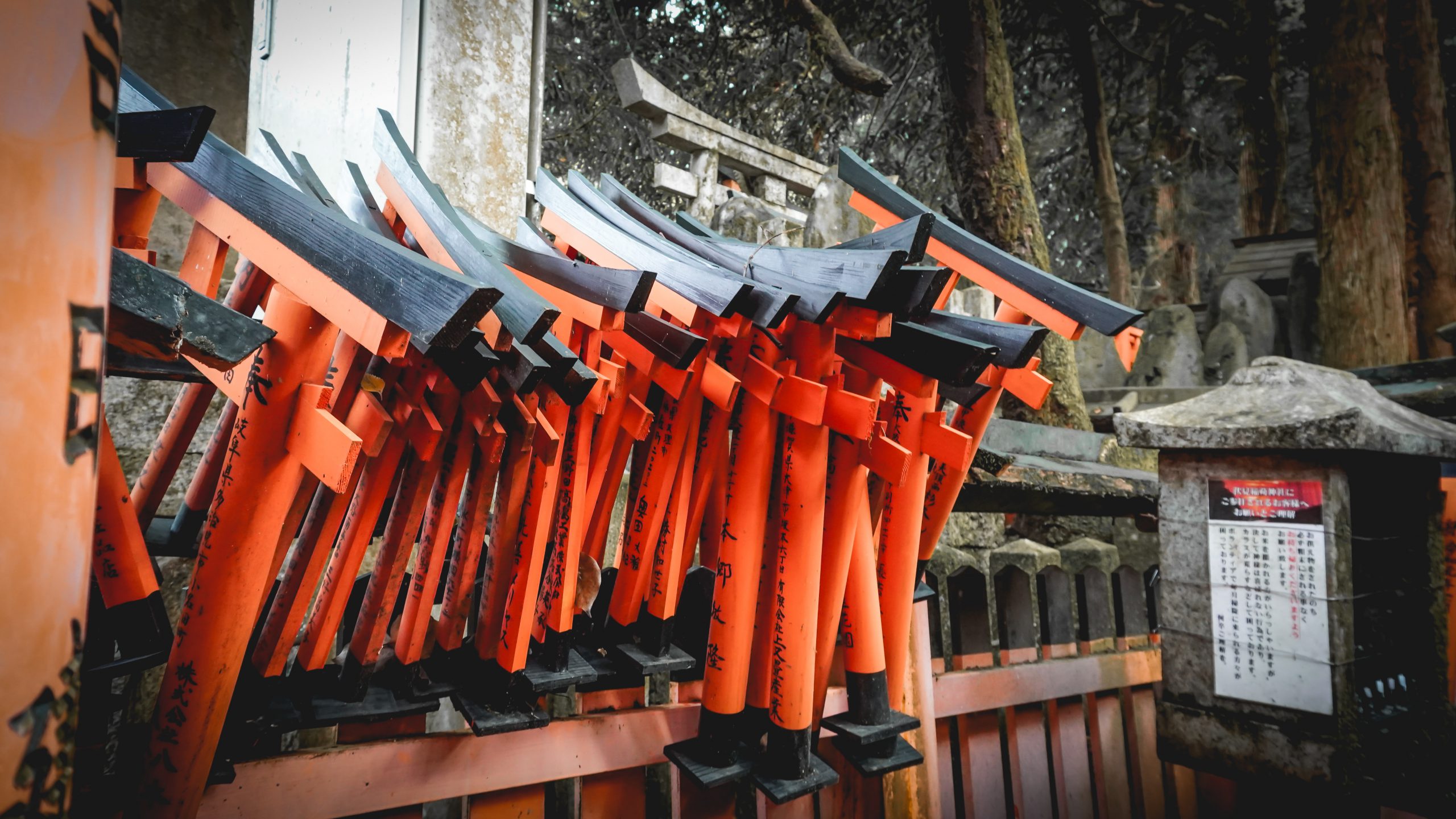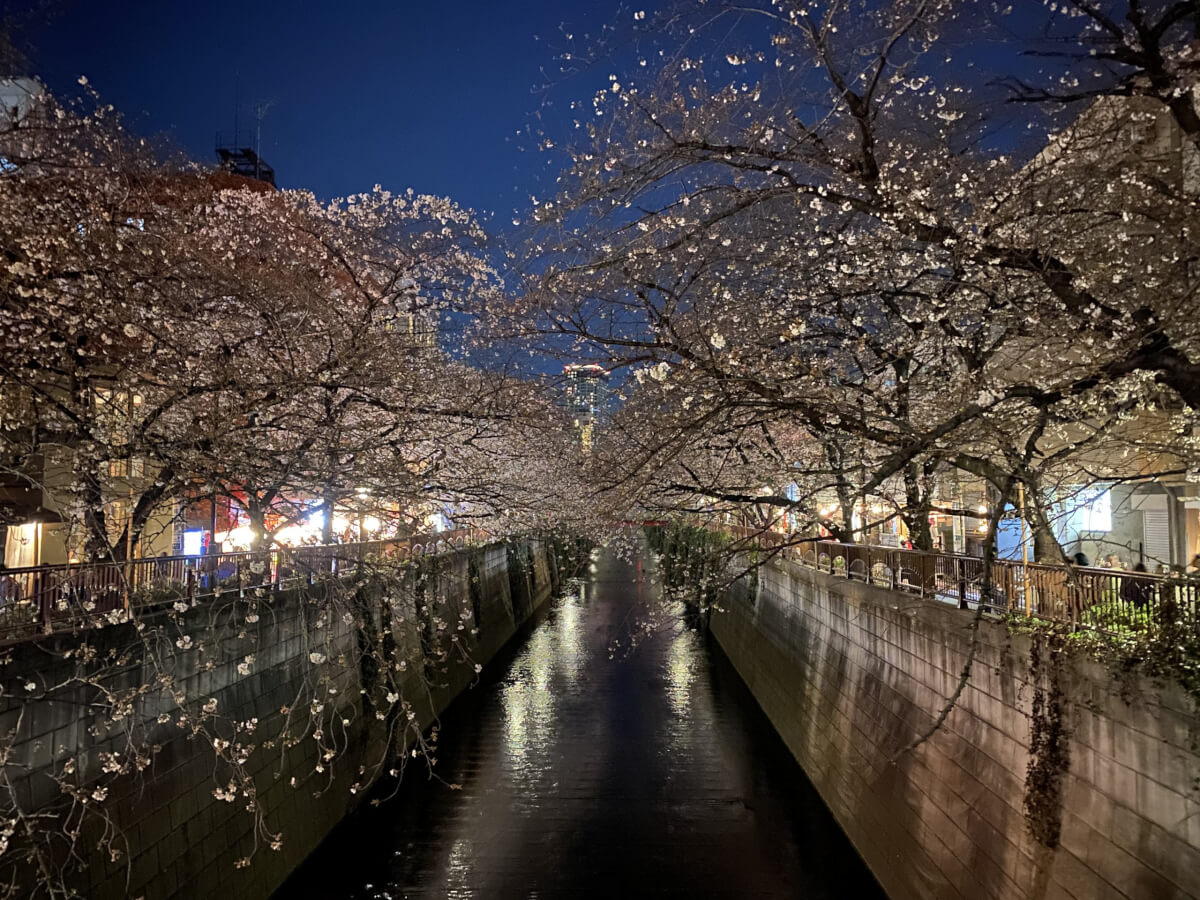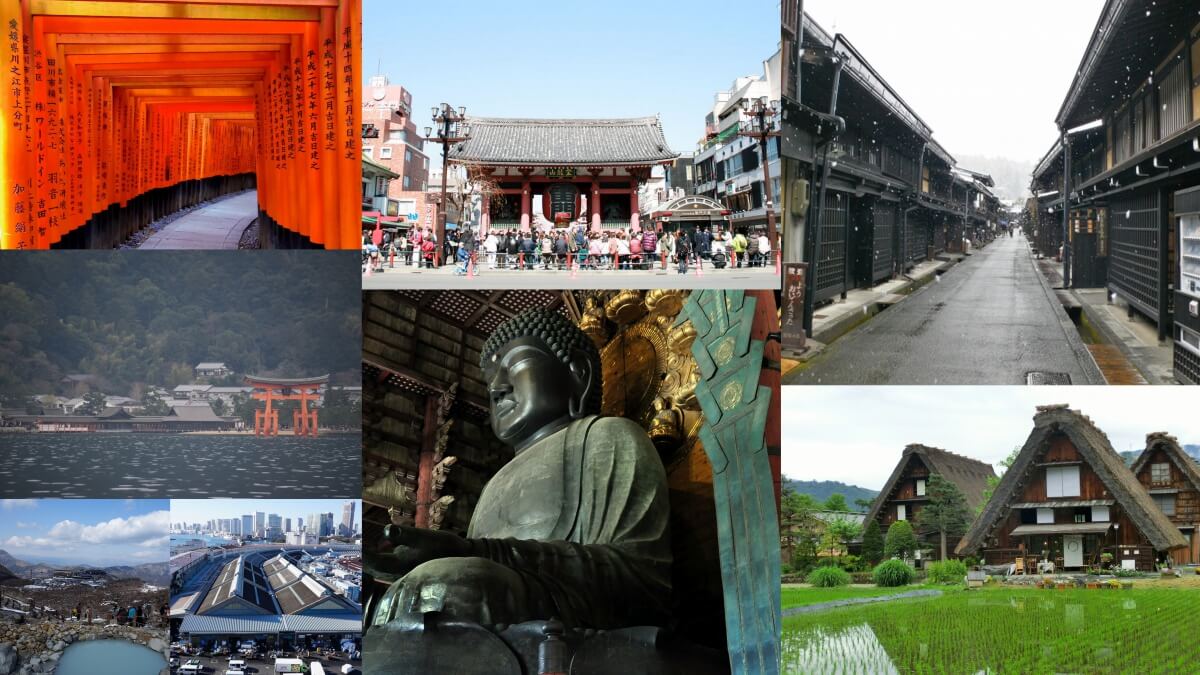Do you know where the most visited tourist attraction in Kyoto is? It is in the southern part of Kyoto, Fushimi Inari Taisha, which is known by its thousands of red torii gates. Apart from that, this area has a number of attractive and enjoyable spots that have been attracting a lot of tourists from all over the world. In this article, we will introduce the places to visit in south Kyoto near Fushimi Inari!
1. Fushimi Inari Taisha (Fushimi Inari Shrine)
Fushimi Inari Taisha is a Shinto shrine established in the year 711, which plays an important role as a head shrine of the 30,000 Inari shrines around Japan. It sits at the basement of Inari Mountain located in Fushimi district of Kyoto, and is also the second most visited shrine on New Year’s Day. It is dedicated to the God of good harvest and general prosperities, such as success in business and safety in family. In Fushimi Inari Shrine, foxes are regarded as a messenger of God, so you can find a number of statues of fox around the shrine.

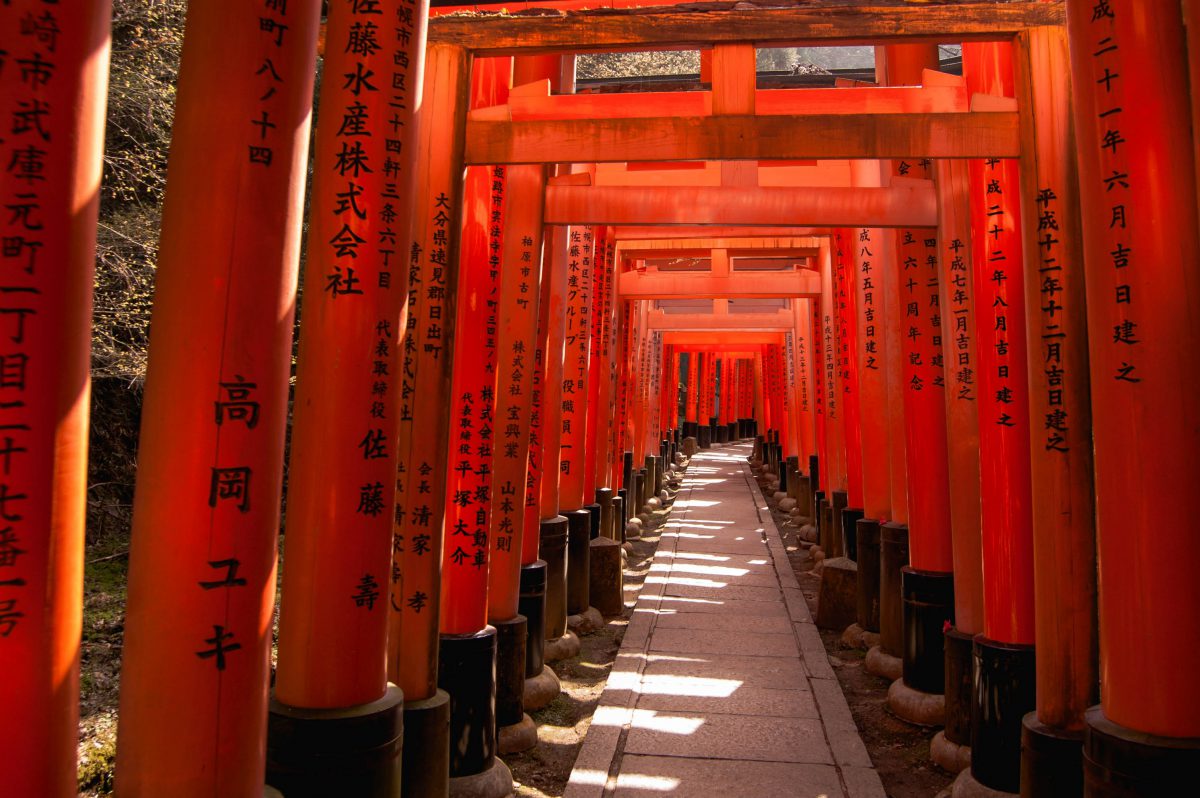
In addition, what makes it even more attractive is the Senbon Torii, the near uncountable red torii gates standing along the main path. The origin of the torii gates dates back to the Edo period, when people started to dedicate the torii gates to the shrine, hoping that their wishes would come true. Although it is commonly believed that there are precisely a thousand torii gates, since the word Senbon means a thousand in Japanese, it doesn’t actually mean that you pass through a thousand torii gates. Some people say there are only around 800 torii gates along the main path, but it is still impressive regardless! Surprisingly, there are even more torii gates around the shrine, and the total number reaches 10,000 in total! You can also purchase one and dedicate it to the shrine with your name carved on the surface on it.
2. Tofukuji Temple
Tofukiji Temple is a Zen temple established in 1236 by Kujo Michiie. He was a powerful regent, and named the temple with a combination of names of two famous temples: Todai-ji and Kofuku-ji. It is also the head temple of the Tofukuji School of the Rinzai sect of Zen Buddhism.
The massive gate is called The Sanmon Gate which is typical to Zen Buddhist temples with its unique design. Tofukuji Temple has the oldest and largest Sanmon Gate in Japan which is designated as a National Treasure!
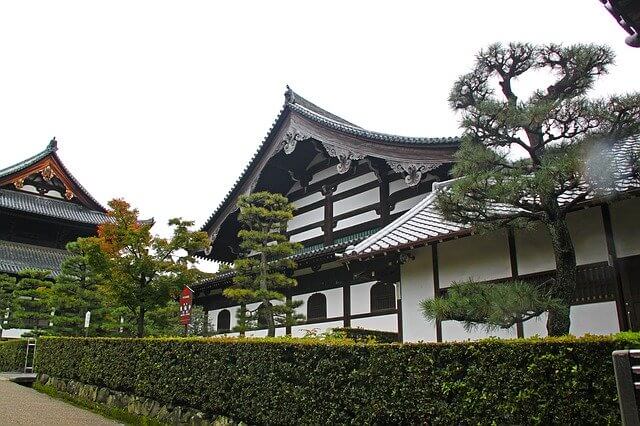
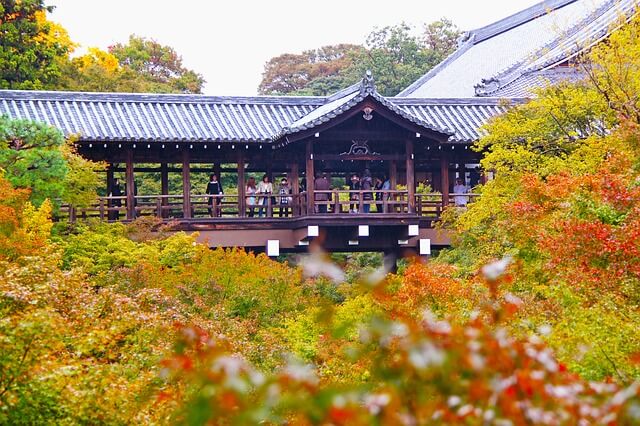
In fall, the temple gets packed with tourists as it is a popular spot to view the autumn leaves. There are around 2,000 maple trees that can be seen from a wooden bridge called Tsutenkyo Brigde. As it is built over a valley, you can see everything from up high. It might sound annoying to go there in fall if you are not used to the crowds, but the view can be definitely worth it!
Open 9:00-16:30 (April-October), 8:30-16:30 (November-Early December), 9:00-16:00(Early December-March)
Admission fee: 1,000 yen
3. Toji Temple
Toji could be another option for you as a historical spot in southern Kyoto. It is a Buddhist temple established in 796, following the official order by Emperor Kanmu. He moved the capital of Japan from Nagaoka-kyo to Heian-kyo, which is a former name of Kyoto. It is said that there used to be another national temple called Saiji, which was equivalent to Toji, but later lost its power and finally disappeared.
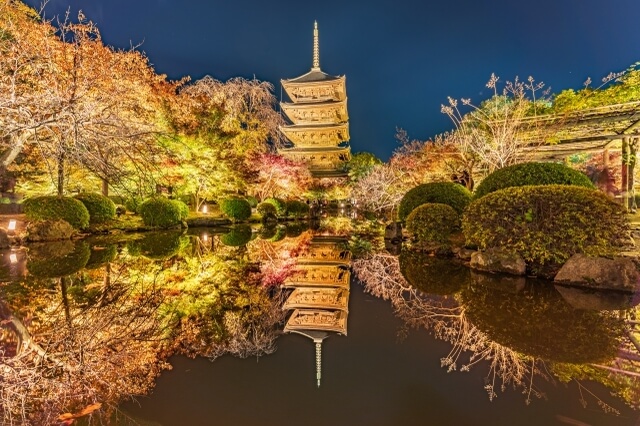
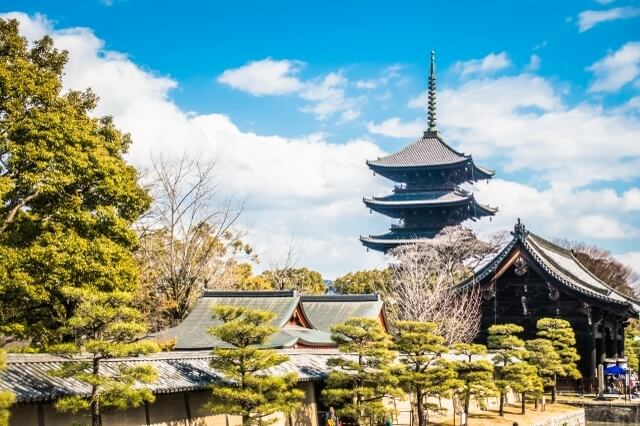
Toji is famous for its five-story pagoda which is recognized as a landmark in Kyoto. It is the oldest wooden pagoda in Japan, and noticeable even at a distance because of the height (54.8 meters). It is on the list of UNESCO World Heritage Site along with the mail hall called Kondo. They are brightly lit up twice a year at specific times in spring and fall when cherry blossoms and autumn leaves beautifully enchant visitors!
-March 20-April 17: Open from 8:30am to 4:30pm
-April 18-September 19: Open from 8:30am to 5:00pm
-September 20-March 19: Open from 8:30am to 4pm
Admission fee: ¥500
4. Uji River
The Uji River (Uji-gawa in Japanese) is a river running through the southern part of Kyoto while dividing the area into two parts. The water originally comes from Lake Biwa located in Shiga Prefecture which shares a border with Kyoto. It passes through several areas while meeting and jointing with other small rivers, until they finally flow into the Osaka bay. Compared to other tourist spots in Kyoto, it is relatively quiet and peaceful. Just walking along the river gives you a relaxing experience! In Summer, a big fireworks festival is held and more than 200,000 people come and enjoy the fireworks while enjoying food and drinks sold at vibrant stalls!
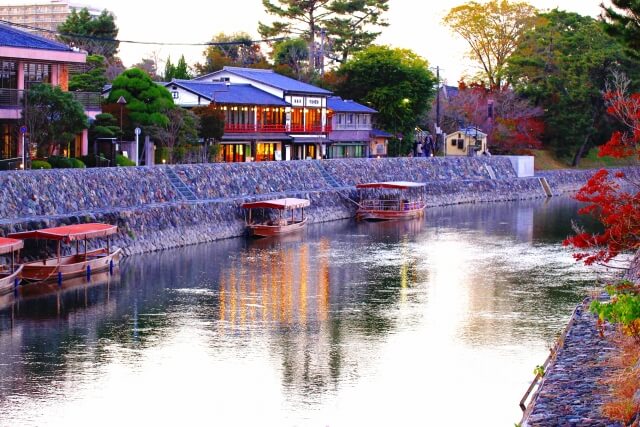
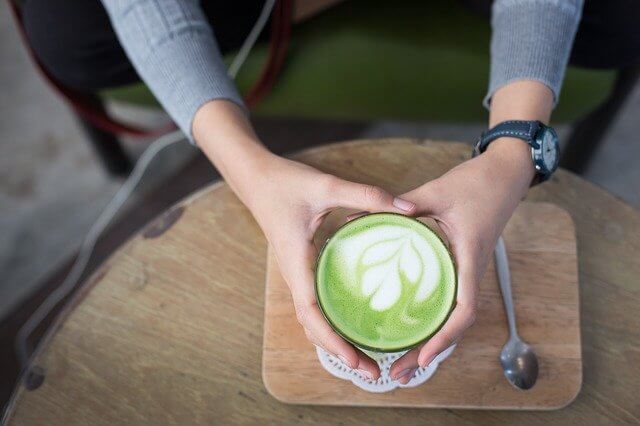
Uji-matcha is a type of Matcha, a powder made from green tea leaves or sometimes refers to leaves itself depending on the context. It is considered as a high-class tea brand in Japan, and there are a number of restaurants and cafes serving matcha-flavored foods or drinks around Uji area. It is definitely something you should try when you visit there!
5. Byodoin Temple
Byodoin Temple is a Buddhist temple built in 1052 by Fujiwara no Yorimichi who was a court noble in the Heian period. He inherited the private villa from his father Fujiwara no Michinaga, and later renovated it as a temple. At that time, people were haunted with fear and unsureness about the world after death as a Buddhism idea called Mappou-shisou was prevalent everywhere. Since the design of the main structure is based on Gokuraku-jodo (Heaven, or Buddhist pure land) landscape, people were impressed with it and wished that they could go to the heaven after they died. The main stands on the island which is located in the center of the pond, and it looks like as if it is floating on the water! Byodoin Temple is designated as a UNESCO World Heritage Site, and the hall itself is a National Treasure.
Open 9:00-17:00(Museum), 8:30-17:30(Garden), 9:30-16:10(interior of phoenix hall)
Admission fee: 700 yen
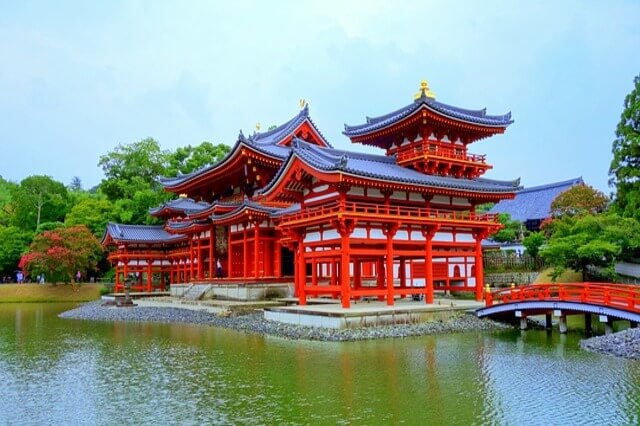
6. Daigoji Temple
Daigoji Temple is a Buddhist temple established in 874. It is a large temple complex which consists of several historical structures that range from the base of Daigo-san mountain up to the top. The entire temple complex is basically divided into three areas depending on the location; Sanboin, Shimo Daigo, and Kami Daigo. Kami Daigo is where the temple’s history began, and you need to hike up to the mountain top in order to reach the area. The main area is called Shimo Daigo, and there are historical buildings including the main hall called Kondo, and a five-story pagoda called Goju-no-to, both of which are designated as a national treasure. Since it is one of the most popular cherry blossom viewing spots, you should keep in mind that it can be very crowded in spring.
Open 9:00-17:00 (Shimo Daigo), 9:00-15:00(Kami-Daigo)
Admission fee: 1000-1,500 yen (depending on the season)
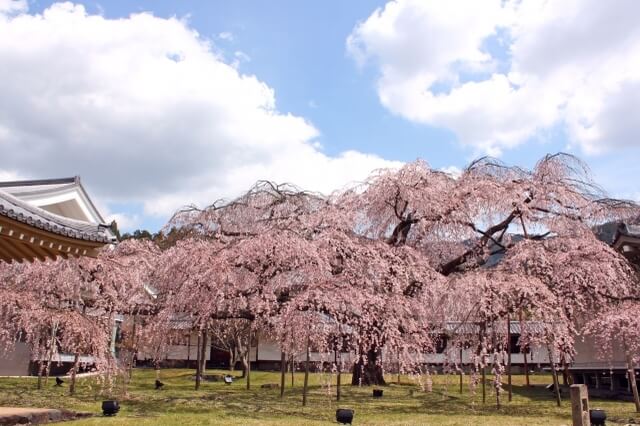
7. Gekkeikan Okura Sake Museum
If you are a big fan of Japanese Sake, this is a must visit! Gekkeikan is a famous manufacturer of Japanese sake which has its headquarters in Fushimi, Kyoto. They have a subsidiary in the U.S. and has become more popular internationally.
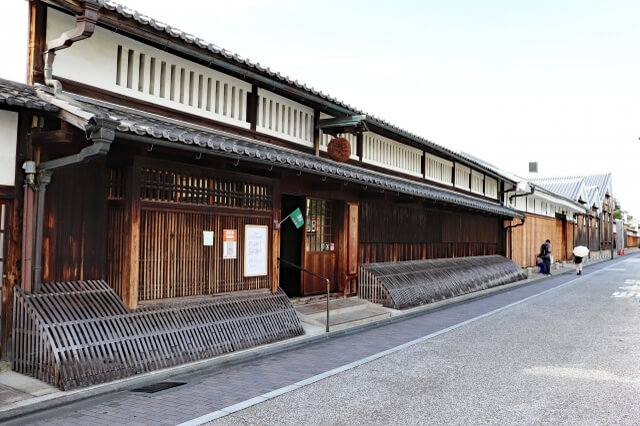
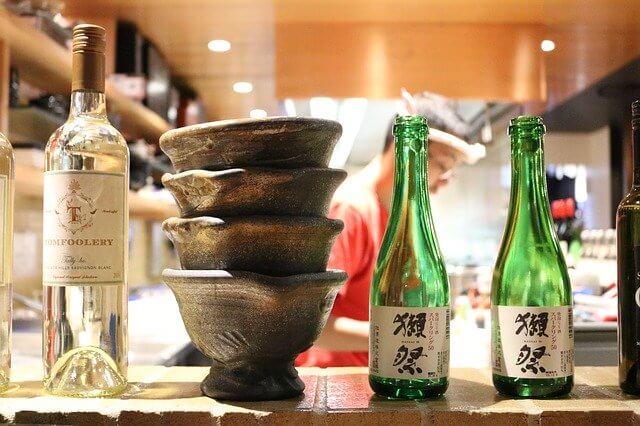
Gekkeikan Okura Sake Museum is a museum which was created from a renovated Sake brewery. You can learn the history and the skills required to create the tasty Sake from the professional staff. They also exhibit the traditional tools used to make Sake which are designated as Tangible Folk Cultural Properties. As an optional tour, you can visit Gekkeikan Sakekobo, a mini-sized brewery where a fermentation process can be observed through the window. During the tour, some samples are offered for visitors to compare the taste of each Sake, so it is an exiting experience for Sake fans!
Open 9:30-16:30
Admission fee: ¥600
Japan Wonder Travel Tours
Japan Wonder Travel is a travel agency offering guided tours in Japan.
From private walking tours to delicious Food and Drink tours, we will organize the best tours for you!
If you want to explore around Japan to learn more histories and backstories of the area, our knowledgeable and friendly guide will happily take you to the best spots!
Also, we can provide you with any assistance for your upcoming trip in Japan, so please feel free to contact us if you have any questions/need some help!
- Kyoto 4 Hour Highlight Private Walking Tour (Fushimi Inari Shrine, Kiyomizu Temple, and more)
- Kyoto Private Full Day Walking Tour (Customizable)
- Kyoto Food and Drink Tour @ Nishiki Street, Gion & Fushimi Inari Shrine
- Virtual Kyoto Highlight Tour
Where to stay near Fushimi Inari:
- Hotel Gentle Fox Kyoto
10 minutes walk to Fushimi Inari Taisha and close to the train station, fully equipped with kitchen and washing machine, good for a long stay - Kyo-machiya Stay WAKA Fushimiinari
Private holiday home located near Fushimi Inari Taisha and station, welcoming atmosphere with great host - SO Kyoto Fushimi Inari
Very stylish and modern hotel with great location, you can enjoy coffee and light meals at the cafe on the first floor
Since Fushimi Inari Taisha is too famous as a tourist spot, other attractive spots in the southern area can be ignored and overshadowed by the popularity. In this area, there is surely something more that you shouldn’t miss once you visit Kyoto!
Follow us on Instagram, Facebook and Twitter for more travel inspiration. Or tag us to get featured!
Happy traveling!
Subscribe to our newsletter!
This post may contain some affiliate links. When you click through and make a purchase we may receive some commission, at no extra costs to you.
